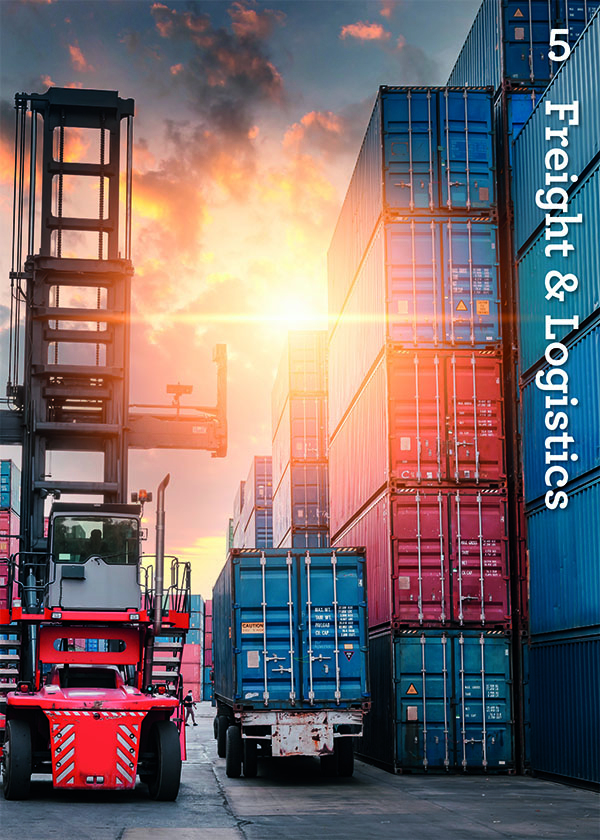
If you’re thinking about exporting, it’s likely you’ve succeeded in the New Zealand market and may have already found an overseas buyer or distributor to take your products to the world. Exporting is the next step to growing your business. There are a few challenges along the way but if you tread carefully and follow the well-beaten path you’ll reap the rewards.
Before you take the plunge do your homework first – ask yourself these questions:
Do my products comply?
Each country has different legislation governing imported goods. You need to find out what the local laws are for every foreign market you plan to enter. For example, what labelling is required? Is your product regulated? Do you need to have your product tested or approved? If you have a buyer or a distributor, talk to them as they are already operating in the market. Other sources include industry bodies, such as NZTE, and New Zealand regulators, including the Ministry for Primary Industries and the New Zealand Customs Service, as well as customs brokers, freight forwarders and logistics companies.
Have I agreed all the terms with my buyer?
As well as agreeing the price of your products, you also need to consider who is responsible for insuring them, who’s paying for the freight and at what point does the ownership of the cargo change hands – when it leaves New Zealand? Or when it arrives at its destination? Make sure you and your buyer are both clear about the terms of the trade. Use the International Commercial terms (Incoterms) published by the International Chamber of Commerce, to ensure that communication is clear (for a complete list of Incoterms turn to the Glossary at the back of this publication – Ed).
How do I get paid?
Credit risk is something every exporter should consider. It is much harder to take legal action to recover money you are owed if your debtor is in another legal jurisdiction. From your point of view, the safest arrangement would be for your customer to pay you before you ship the goods. That way there’s no risk that you won’t get paid. From your buyer’s point of view, the safest arrangement would be to pay after the goods arrive. That way there is no risk that they will pay for goods that don’t arrive. You will need to come to an arrangement whereby you and your buyer are confident and reassured.
One option is to ask your buyer for a letter of credit. This is a bank guarantee that you will be paid, provided that the documents presented to the bank comply with the letter of credit terms. Generally, the documents required are evidence that you have actually shipped the goods – as agreed. This is advantageous for both you and your buyer, but it can be expensive to set up both in time and money.
A more cost-effective option, for sea freight only, is to receive payment via a trade finance collection arrangement, where documents are released against payment. This allows you to ship the goods before receiving payment, but still maintain control over the cargo until payment has been received. It gives your buyer confidence that the cargo is going to arrive. This has the advantage that you will either keep the cargo or get paid. However, if the buyer doesn’t pay, you will be stuck with your cargo sitting in a foreign port. This can be difficult and expensive to resolve.
This is an extract of the chapter. You can buy a print copy of the handbook here or a digital copy here

